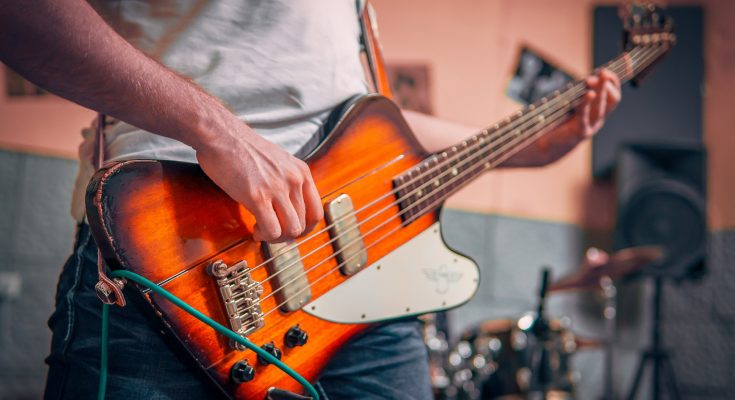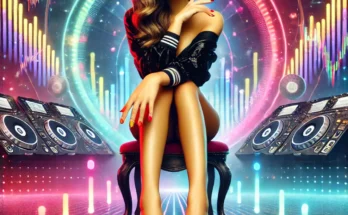Rhythm & Blues (R&B) is sure to rule the music scene again after actually seeing a change in the past.Rhythm & blues was first used to characterize positive music performed by African American artists, which then evolved into rock and roll and established itself as the predecessor of the rockabilly style.
In addition to hip-hop and beat, the genre also includes aspects of jazz, gospel music and blues. “Rythm & Blues” was intended to replace the term “racial music” which was considered offensive. The genre is believed to originate from Jerry Wexler in the United States in 1846. The 1950s are considered the real classic era of the R&B pattern. The regional sub-genres Louisiana and New Orleans, which include a mix of rock-n-roll, R&B and jazz, achieved great success across Europe in the early 1960s with artists such as the Rolling Stones and Manfred Mann. However, the genre developed towards soul in the mid-1960s.
From Traditional “Rhythm & Blues” To The Current “R & B” Sound Ala Weeknd & Drake
In the 1980s, R&B restored its appeal and ruled the music world along with disco music, and endured long after the disco died. It wasn’t until the 1980s that the acronym R&B was introduced and used to denote the term rhythm & blues. Significantly, it actually prevailed – consisting of elements of soul and pop.
In the 21st century, R&B has remained a popular genre that has become more pop-oriented and alternative-influenced. Some of my favorite artists have been particularly successful since the beginning of the last decade, such as Rihanna, Chris Brown, Ne-Yo, Bruno Mars, SZA, Robin Thicke and The Weeknd, but also Drake, whose hip-hop is based on “R&B” elements.
If one traces the periodic highs, one can discover numerous upward trends with a break of 25 to 30 years. Hence, another golden age of R&B in 2030 shouldn’t even be questioned. This time period certainly brings us further musical highlights!



